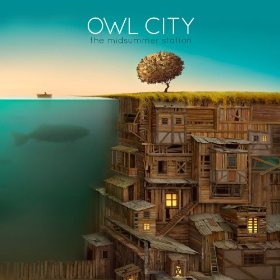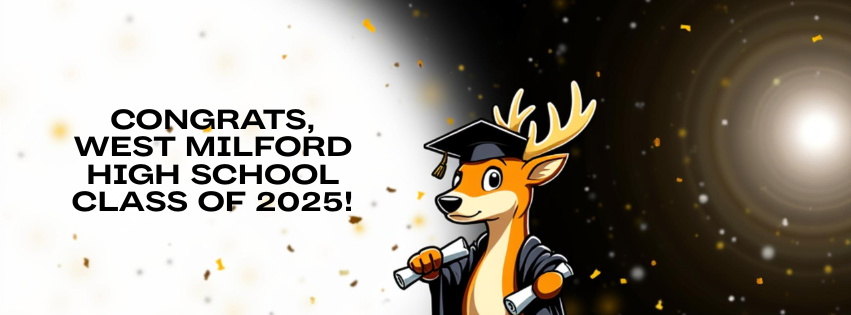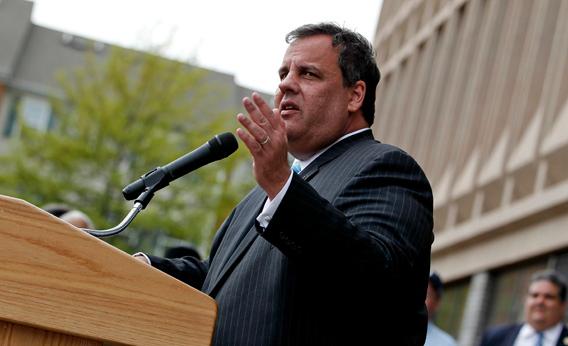 Electronic pop musician Adam Young of Owl City fame returns with his new album “The Midsummer Station.” Heavy dance beats and clear, simple lyrics prove to be Young’s new approach to songwriting, as he took on the challenge to try to “… capture magic in a jar through simple, concise pop songs.” Young also took from his love of European dance music, which inspired the album’s recognizable rhythms that transition from song to song.
Electronic pop musician Adam Young of Owl City fame returns with his new album “The Midsummer Station.” Heavy dance beats and clear, simple lyrics prove to be Young’s new approach to songwriting, as he took on the challenge to try to “… capture magic in a jar through simple, concise pop songs.” Young also took from his love of European dance music, which inspired the album’s recognizable rhythms that transition from song to song.
The album shines an optimistic light on life’s ups and downs. Rather than continuing with the whimsical metaphors found in previous works, Young shifted his focus with this album in order to make his lyrics more relatable to the masses. “I believe artists should never look back or repeat themselves and this was a new frontier for me,” claimed Young. It was certainly a new frontier in comparison to the soft, melancholy tunes of his previous albums such as “Vanilla Twilight” or “Fireflies.” “The Midsummer Station” provides a happier theme overall.
However, Young’s desire to tap into his European dance music influences, such as Armin van Buuren, ATB, and Tiesto, among others, creates a repetitive streak throughout the first eight tracks. While each encompasses a different theme, neither the beat nor the key change significantly enough for the songs to become memorable. And while each track encompasses lyrics that have the potential to reach out to listeners’ experiences on a wider scale, the mind numbing pulse of the beat distracts from the song itself.
“Dreams and Disasters,” starts the album with lyrics that Young says depict the core theme of the album. “When things go right, you feel like you’re on top of the world and when things go bad, you’re heartbroken, but you’ve got to figure out how to press on regardless of your situation because life is all about the journey.” He continues through the tracks optimistically, “Gold,” being his connection to his roots and “Embers,” which is Young’s favorite track, that is ironically similar to his song “Dreams and Disasters” in terms of lyrics. While the album does not focus on the repetitiveness of a broken heart or a young love– it does repeat thematically. A healthy change comes around the corner as one listens to “Good Times,” which was a collaboration with Carly Rae Jepson. This is perhaps the only song that embraces Young’s overall desire for the album: concise, catchy pop songs.
A surprise in the album was “Silouette,” the only ballad,. It returned to the style that had made Owl City successful, with sad, sweet lyrics and melodies that bring back memories of “Fireflies,” or “Vanilla Twilight.” However, the album returns to form — although not quite as ferociously — with “Metropolis.” The song begins to show promise of a different sound than the rest of the album offers, but by the chorus, it is repeating the continuous beat that has been reused for all 10 tracks (sans “Silhouette”). “Metropolis,” on its own, has potential, but in the compilation, it is yet another of the same song.
It seems that Young tapped into his love of dance music while trying to stick within the parameters of pop music. This endeavor did not end as successfully as it could have. As a compilation, the songs are too similar to each other to make the album successful itself. Individual songs have the potential to spark interest in those drawn to electronic or dance beats. Unfortunately for Young, the album as a whole is weak in melody, lyrics and theme.






